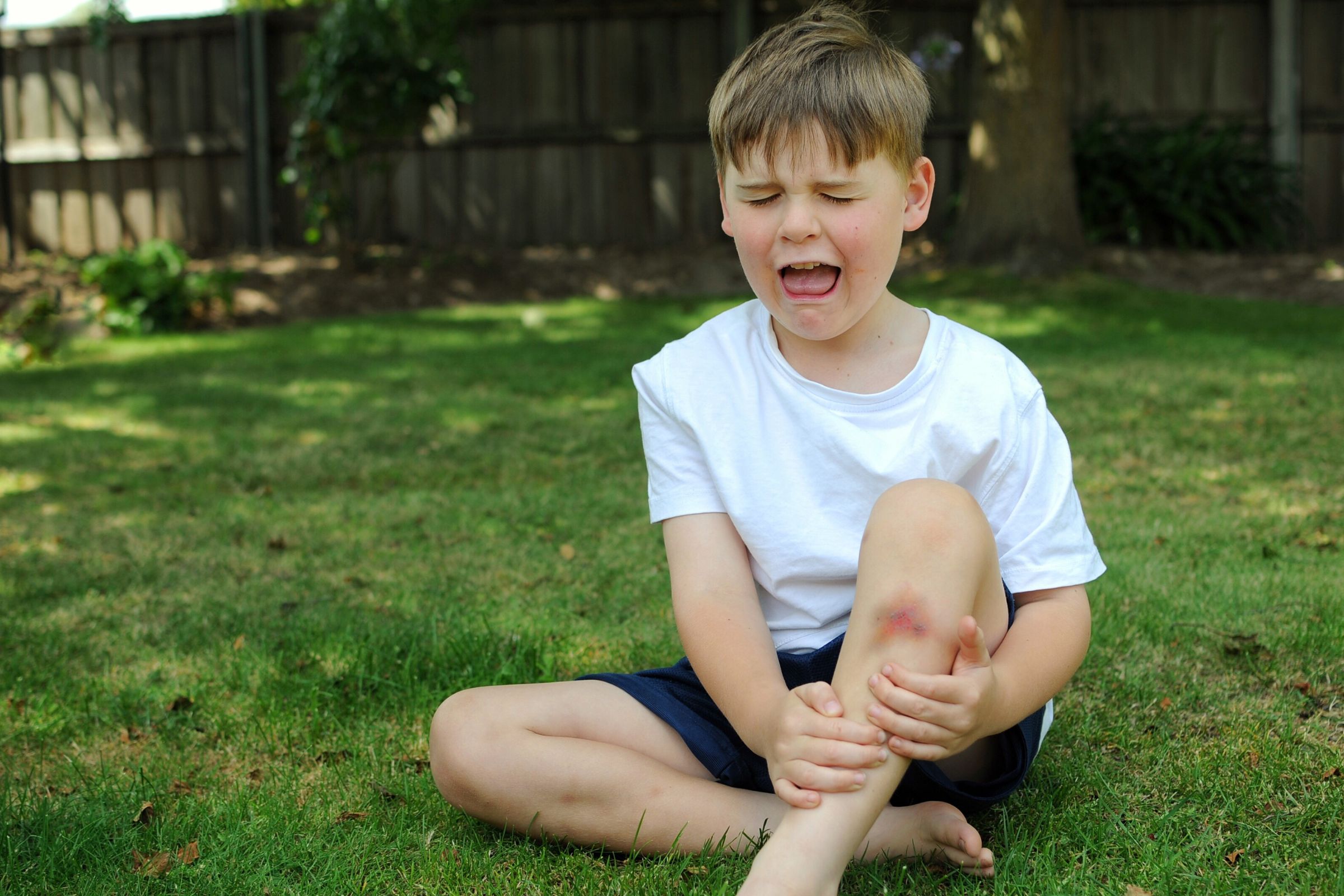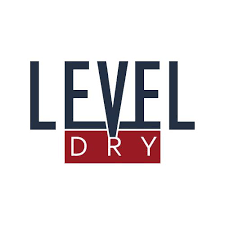 June 12, 2024 12:00 pm
June 12, 2024 12:00 pm
The majority of playground injuries occur among elementary school-aged children, with falling from equipment being the most common mechanism of injury. It is crucial to ensure that playgrounds have appropriate surfacing. This includes using materials such as wood chips, sand, or rubber mats to cushion falls and minimize the risk of injury.
Additionally, playgrounds should be regularly inspected to identify any potential hazards, such as broken equipment or sharp edges, and promptly repair or replace them.
Educating both parents and children about playground safety is of utmost importance. Teaching children how to properly use equipment and encouraging them to follow playground rules can significantly reduce the risk of injuries.
What Types of Injuries Can Occur on Playgrounds?
Playgrounds can present a range of potential injuries, including sprains and strains, broken bones, dislocations, and overuse injuries.
Sprains and strains are potential injuries that can occur on playgrounds, with sprains affecting ligaments and strains impacting muscles or tendons. Playgrounds can expose individuals to activities that may lead to excessive stretching or tearing of these connective tissues. This can occur due to sudden twists or awkward landings, for example.
Broken bones are another potential injury on playgrounds. Accidents like falls, collisions, or high-impact activities can result in fractures, particularly in areas such as the wrists, arms, or legs.
Dislocations may also occur, particularly around the joints. High-velocity movements or awkward landings can cause bones to become displaced from their proper positions within the joint.
Playground Injury Prevention Tips
Playground injuries can be a common occurrence, but with proper precautionary measures, they can be significantly reduced. Here are the top playground injury prevention tips:
1. Wear closed-toe shoes: Encourage children to wear closed-toe shoes while playing on the playground. This will help protect their feet from injuries such as cuts, injuries caused by scrapes, or being stepped on by others. Closed-toe shoes provide better grip and stability, reducing the risk of slips and falls.
2. Remove bike helmets: It is crucial to remove bike helmets before a child begins playing on the playground. Bike helmets can get caught on playground equipment, leading to neck injuries or strangulations. They can also impair a child’s vision and hinder their ability to fully engage in play.
3. Avoid certain equipment: Some playground equipment, such as tall slides or monkey bars, may not be appropriate for young children due to their height, speed, or complexity. It is important to consider a child’s age and ability when allowing them to use specific equipment. Providing them with age-appropriate playground options will significantly reduce the risk of accidents and injuries.
4. Check for appropriate age and ability: Always ensure that the playground is suitable for a child’s age and ability level. Playgrounds often have designated areas for different age groups, with equipment designed specifically for their developmental stage. Following these age recommendations will help avoid injuries that can occur when children are overexposed to equipment beyond their capabilities.
5. Always supervise children: The key to preventing playground injuries is diligent supervision. An adult should always be present to monitor children’s activities, ensuring their safety at all times. Constant supervision allows for immediate assistance in case of an accident or emergency, thereby minimizing the potential for serious injuries.
By following these playground injury prevention tips, including wearing closed-toe shoes, removing bike helmets, avoiding certain equipment, checking for appropriate age and ability, and always supervising children, we can create a safer play environment for our children.
Safety Measures for Children
When it comes to playgrounds and outdoor play, it is essential to teach children important safety measures to ensure their well-being. By informing children, they will develop good habits and make safer choices while enjoying their playtime. Here are some playground safety measures that should be taught to children:
1. Swing Safely: Teach your child to always sit down on the swing and hold on tightly to the chains or ropes. Encourage them to be aware of their surroundings and avoid swinging too high or jumping off the swing.
2. Slide with Caution: Instruct your child to wait their turn patiently while using the slide. Make them aware of the importance of sitting down, facing forward, and sliding feet first. Sliding headfirst or trying to climb up the slide can be dangerous.
3. Use Playground Equipment Properly: Remind your child that playground equipment, such as monkey bars or climbing frames, is designed for climbing purposes only. Encourage them not to hang upside down or use the equipment in ways it was not intended for.
By incorporating these safety measures into your child’s playtime routine, you can help them develop a strong sense of safety awareness and make their playground experience a fun and safe one. Remember, it’s crucial to supervise your child while they play and reinforce these safety measures regularly.
Categorised in: Uncategorized
